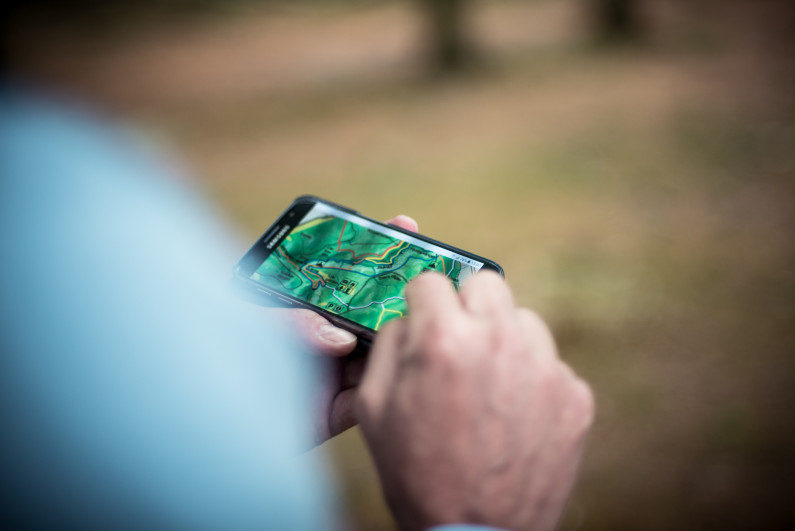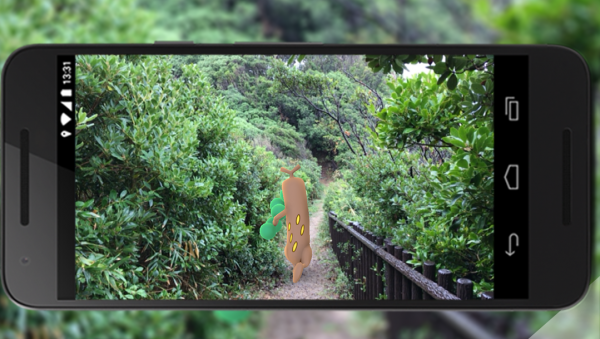
Over the past 150 years, many geological maps of all parts of New Zealand have been made – and now you can access most of these maps online, thanks to work by GNS Science. For the past 10 years, the team there has been quietly digitising its national archive of historic geological maps.
The geological map archive is one of eight Nationally Significant Collections and Databases cared for by GNS Science, see link below.
GNS Science
Web maps
Nationally Significant Collections and Databases
Digitising and cataloguing the maps makes them discoverable and accessible – and along with the datasets and GIS layers covering a spectrum of New Zealand geoscience, harvestable metadata means GNS Science can connect to and automatically update data.govt.nz. This also means the precious historic paper maps themselves can be better preserved.
What is open data?
What is metadata?
Automating your data.govt.nz harvest
Data.govt.nz
Currently GNS Science data are used by local and central government, researchers within New Zealand and internationally, the utility, construction, insurance and exploration industry, and more. By making the data more discoverable, even more people and organisations will be able to access and use these data.
Have you noticed how your smartphone knows which way you’re facing when you are looking at a map? That’s because a digital compass using geomagnetic data is working together with GPS, accelerometers and a gyroscope.
Digital compasses use global geomagnetic data to compute direction, and they are now commonly embedded into consumer devices such as mobile phones.
The New Zealand Geomagnetic Database is hosted by GNS Science. The Database documents the short-term and long-term fluctuations in the Earth's regional magnetic field from observations collected every second from observatories at Eyrewell, north-west of Christchurch, Scott Base in Antarctica and Apia, Samoa. Data from these observatories are sent to INTERMAGNET, an international organisation that archives and disseminates magnetic observatory data for applications such as digital compass calibration.
New Zealand Geomagnetic Database
New Zealand's magnetic observatories
INTERMAGNET

This has application in augmented reality. Remember Pokemon Go? The game where you could walk around your neighbourhood and find characters using your phone. You could easily miss characters if you didn’t turn around in different directions. This is possible because your phone is aware of the direction it is facing.

If you reuse GNS data to make new or improved products or services that make an impact by creating efficiencies, informing better decisions, or in some other way leading to better economic, social or environmental outcomes, we would love to know your story!
Drop us a line at OpenData@stats.govt.nz.
Natural Hazards
Mapping & Resources
Rocks & Minerals
Paleontology & Stratigraphy
If you’d like more information, have a question, or want to provide feedback, email opendata@stats.govt.nz or datalead@stats.govt.nz.
Photo by Linda Söndergaard on Unsplash
